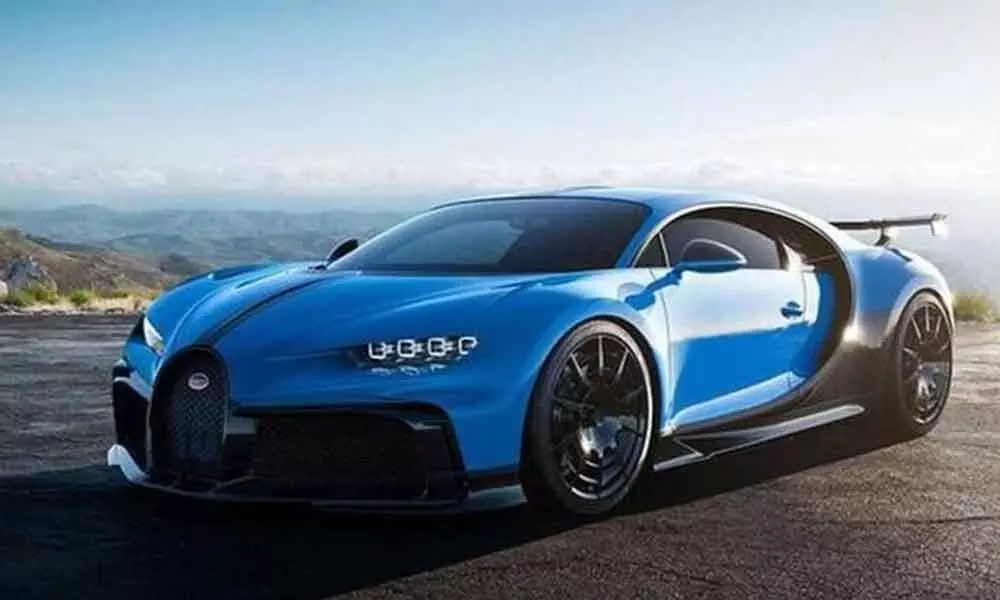The automotive industry is evolving rapidly, and one of the latest trends transforming the way people own and use vehicles is the rise of car subscription models. Unlike traditional car ownership or leasing, car subscriptions offer flexibility, convenience, and access to a range of vehicles with a single monthly payment. This shift in the automotive market is revolutionizing how we approach mobility and reshaping consumer expectations. In this article, we will explore how car subscription models are changing the way we drive and the impact they could have on the future of transportation.
What is a Car Subscription Model?
Car subscription services operate on a simple premise: instead of buying or leasing a vehicle, users pay a monthly fee to access a car. This fee typically covers all associated costs, including insurance, maintenance, and roadside assistance. Some services allow subscribers to swap vehicles based on their needs, offering greater flexibility than traditional ownership models. Brands like Volvo, BMW, and Porsche, as well as startups like Fair and Canoo, have entered the car subscription market, providing options that cater to different budgets and preferences.
Unlike long-term leases that tie consumers to a specific vehicle for years, car subscriptions are usually available for shorter durations, sometimes as brief as one month. This flexible approach is particularly appealing to consumers who prioritize convenience, want to avoid long-term commitments, or like to drive different vehicles without the burden of ownership.
The Benefits of Car Subscription Models
Flexibility and Variety
One of the main advantages of car subscription models is the flexibility they offer. Subscribers can switch between different vehicles depending on their needs or lifestyle. For example, someone may use a compact car for city driving during the week and swap for a larger SUV for a weekend road trip. This ability to change vehicles without being tied to one for several years is a major draw for many consumers, especially those who enjoy trying out the latest car models.
All-Inclusive Pricing
Car subscriptions bundle all costs into a single monthly fee. This means that subscribers don’t have to worry about additional expenses like insurance, registration, taxes, or maintenance. This simplified pricing model makes budgeting easier and eliminates unexpected costs, making it particularly appealing to people who prefer predictable monthly expenses. For younger generations, such as Millennials and Gen Z, who often prioritize convenience over ownership, this model provides the flexibility they value.
No Long-Term Commitment
Another key benefit of car subscription models is the lack of a long-term commitment. While traditional leases often require a multi-year agreement, subscriptions can be as short as a month. This appeals to consumers who may need a car for a limited time, such as those relocating for work or those who want to try different types of vehicles without committing to a purchase.
Access to Premium Vehicles
Many car subscription services offer access to premium vehicles that might be out of reach for purchase or lease. For example, luxury brands like Mercedes-Benz and Porsche have launched subscription programs that allow drivers to experience high-end models without the long-term financial commitment. This gives consumers the opportunity to enjoy the latest features and technology without the need to invest in ownership.
The Impact on Traditional Car Ownership
As car subscription models gain popularity, they are beginning to challenge the traditional model of car ownership. Ownership has long been seen as a symbol of independence and status, but younger generations are increasingly embracing mobility solutions that prioritize access over ownership. Subscription services are part of a broader trend, which includes ridesharing and car-sharing services, that emphasizes convenience and flexibility over the burden of owning a car outright.
Car subscriptions could also impact the automotive industry’s approach to sales and marketing. As more consumers opt for subscriptions, automakers may need to adjust their strategies, focusing more on customer experience and service rather than simply selling cars. Dealerships, too, may need to evolve, offering subscription services alongside traditional sales to meet the changing needs of customers.
Challenges Facing Car Subscription Models
While car subscription models offer many benefits, there are still challenges to widespread adoption. For one, car subscriptions can be more expensive than traditional leasing or financing in the long term. The convenience of all-inclusive pricing and flexibility often comes at a premium, which may limit the appeal for budget-conscious consumers.
Additionally, car subscription services are still relatively new, and the market is fragmented. Many services are only available in certain regions, and the range of available vehicles may be limited depending on the provider. For car subscriptions to truly revolutionize the way we drive, these services will need to expand, offering more options and competitive pricing to attract a broader customer base.
The Future of Car Subscriptions
As the automotive industry continues to evolve, car subscription models are likely to become more prevalent. With the rise of electric vehicles (EVs) and autonomous driving technology, car subscriptions could become an even more attractive option, offering access to the latest innovations without the financial risk of ownership. Automakers and service providers will need to refine their offerings to meet consumer demand, but the potential for growth is significant.
In conclusion, car subscription models are changing the way we think about car ownership and mobility. By offering flexibility, convenience, and access to a wide range of vehicles, these services are appealing to a new generation of drivers who prioritize experiences over possessions. While challenges remain, the growing interest in car subscriptions signals a shift in the automotive market that could reshape how we drive in the years to come.


